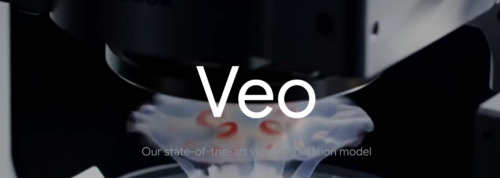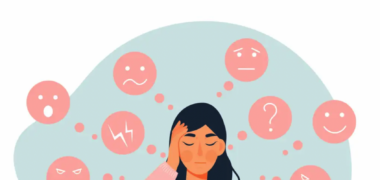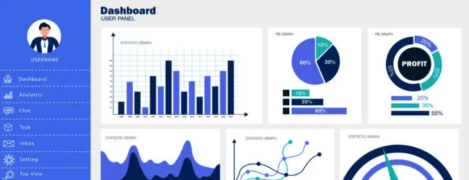The Difference Between CX and UX: Understanding the Connection

In today’s customer-driven world, Customer Experience (CX) and User Experience (UX) are terms often used interchangeably. While they are closely related, they represent distinct aspects of how people interact with a business or product.
For small teams, understanding the difference between CX and UX—and how they complement each other—is key to creating impactful experiences that foster loyalty, drive engagement, and improve performance.
What is Customer Experience (CX)?
CX encompasses the entire journey a customer has with your brand. It includes every interaction and touchpoint, from marketing to customer service, and beyond.
Key Characteristics of CX:
- Holistic: CX includes all customer-facing interactions, from browsing your website to receiving support after a purchase.
- Emotion-Driven: It’s about how the customer feels at every stage of their journey.
- Long-Term Relationship: CX focuses on building trust and loyalty over time.
Example: Imagine a customer purchasing a subscription box service. CX includes their initial impressions of your ad, the ease of signing up, the unboxing experience, and even their interactions with your support team.
What is User Experience (UX)?
UX refers to a customer’s interaction with a specific product, service, or system. It focuses on usability, design, and functionality.
Key Characteristics of UX:
- Product-Centric: UX applies to the experience of using a particular tool, app, or website.
- Task-Oriented: It ensures the product is easy to use, accessible, and efficient for its purpose.
- Design and Technology: UX involves user interface (UI), navigation, and interactivity.
Example: For the same subscription box service, UX would cover how intuitive the website is for selecting products, the mobile app design, or how easy it is to track an order online.
CX vs. UX: The Key Differences
| Aspect | Customer Experience (CX) | User Experience (UX) |
|---|---|---|
| Scope | End-to-end customer journey | Interaction with a specific product/tool |
| Focus | Emotional and relational impact | Usability, accessibility, and design |
| Touchpoints | Multiple (ads, emails, support, etc.) | Singular (website, app, or tool) |
| Objective | Build loyalty and satisfaction | Ensure smooth and enjoyable usage |
| Measurement | NPS, CES, Customer Feedback | Task completion, usability testing |
The Connection Between CX and UX
CX and UX are interconnected; a positive user experience contributes to a strong customer experience. However, a great UX alone doesn’t guarantee excellent CX. CX depends on factors beyond the product, like customer support, shipping times, and brand perception.
How They Work Together:
- A seamless UX enhances CX: When customers can easily navigate your website or app, it creates a favorable impression of your brand.
- CX extends beyond UX: Even if your website is perfect, a rude support interaction or delayed delivery could ruin the overall customer experience.
Example:
A small SaaS business might have an intuitive onboarding process (great UX) but fail to respond promptly to customer questions (poor CX). The disconnect can leave customers dissatisfied despite the strong UX.
Why Small Teams Should Care About Both
Small teams often have limited resources, so prioritizing both CX and UX can seem overwhelming. However, focusing on the connection between them can deliver maximum impact with minimal effort.
CX Without UX:
If your customer service is excellent, but your product is hard to use, customers will still leave frustrated.
UX Without CX:
If your app is intuitive, but your support team is slow to respond, customers may switch to a competitor despite liking your product.
How to Balance CX and UX as a Small Team
1. Start with User Research
Understand your customers’ needs and pain points by gathering feedback and conducting usability testing. This informs both CX and UX strategies.
Example: A small e-commerce brand can survey customers about their shopping experience while also testing the website for friction points in navigation.
2. Prioritize Consistency Across Touchpoints
Ensure your brand’s tone, design, and service levels are consistent across all customer interactions.
Example: A small agency offering marketing services could match the design of their website with their onboarding emails to create a cohesive experience.
3. Leverage Technology
Adopt affordable tools to improve both CX and UX. For example:
- Use CRM software to manage customer interactions (CX).
- Employ prototyping tools like Figma to design user-friendly interfaces (UX).
4. Monitor and Optimize Continuously
Track both CX and UX metrics to identify areas for improvement.
- For CX: Use Net Promoter Score (NPS) or Customer Effort Score (CES).
- For UX: Use heatmaps, usability testing, or task completion rates.
Practical Examples of CX and UX in Action
- Small E-Commerce Store:
- UX: A mobile-friendly checkout process that’s simple and fast.
- CX: Personalized thank-you emails and prompt delivery updates.
- Local Fitness Studio:
- UX: A user-friendly app for booking classes.
- CX: Friendly reminders before sessions and follow-up feedback surveys.
- Startup SaaS Company:
- UX: An intuitive dashboard with helpful tooltips.
- CX: A responsive support team and clear pricing.
Conclusion
While CX and UX have distinct roles, they are two sides of the same coin. A seamless UX enhances CX, and a well-rounded CX ensures customers stay loyal even when the UX isn’t perfect.
For small teams, focusing on the connection between CX and UX can create a competitive edge, strengthen customer relationships, and drive business growth.
By delivering not just products, but meaningful, enjoyable interactions at every stage, your team can build a brand customers love and trust.
Ready to enhance your CX and UX? Start by aligning your team’s goals, listening to customer feedback, and investing in tools that simplify their experience.







